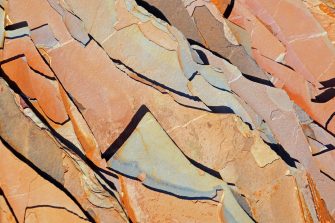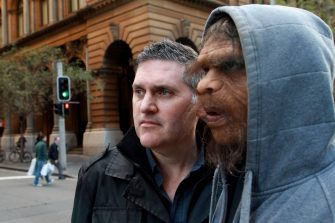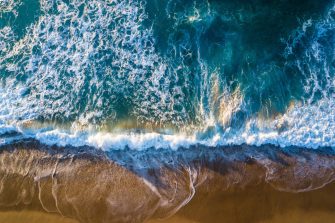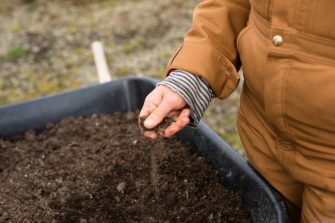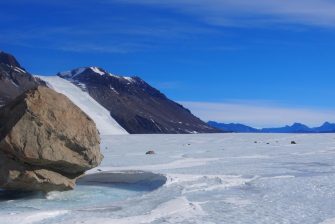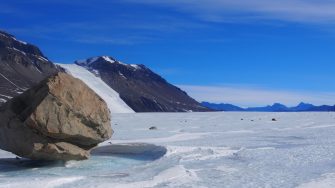
About
UNSW IceLab provides high-precision water chemistry analysis and fluorescence spectrometry capability to analyze dissolved organic matter (DOM) within a dedicated Australian Department of Agriculture, Fisheries and Forestry (DAFF) approved quarantine laboratory specifically for water and ice samples from Antarctica.
The facility brings together the BEES Palaeoclimate group (Turney, Fogwill and Thomas), with the Marine (Johnston and Clark) and Fresh Water (Baker) groups, providing a unique resource that will for the first time enable high-precision water and DOM analysis to be undertaken in a quarantine laboratory at UNSW.
The facility provides new capacity in Australia for Antarctic ice and water research, driven by the need to understand bio-markers within the Antarctic ecosystem that can inform on multiple questions, including global ocean and atmospheric circulation change, sea ice variability and anthropogenic forcing of Antarctic ecological change. Preliminary studies have demonstrated a clear signal from this technique even in ancient Antarctic ice collected as a part of our Australian Research Council Linkage Project.
The laboratory consists of sealed ice storage, preparation and analysis rooms, which house a number of dedicated preparation facilities and instruments funded by a UNSW Major Research Infrastructure bid (MREII), awarded to the group.
-
Key UNSW staff
Dr Chris Fogwill
Prof. Chris Turney
Prof Andy Baker
Prof. Emma Jonston
Dr Grame ClarkPostgraduate Researchers
Ms Bethany Ellis
Ms Juee Vohra
Mr Kilian Vos
Ms Helen MillmanCollaborators
Dr Tas van Ommen (Australian Antarctic Division)
Dr Andrew Moy(Australian Antarctic Division)
Dr Mark Curran(Australian Antarctic Division)
Dr David Etheridge (CSIRO)
Dr David Thornton (CSORO)
Dr Mauro Rubino (University of Naples)
Dr Michael Bird (JCU)
Dr Niels Munksgaard (JCU / Charles Darwin University)
Dr Francisco Fernandoy (Universidad Andrés Bello, Chile)
Dr Andres Rivera (CECS, Chile)
Prof. Alan Cooper (Adelaide)
Dr Laura Weyrich (Adelaide)
-
Water isotope analysis
High precision water isotopes analysis (δD and δ18O) is provided by a Las Gatos Research Liquid Water Isotope Analyzer 24d. The machine provides high sample throughput with replicate standard analyses yielded the following long term precision (1σ,10 runs): Holocene standard: δ18O = -32.79‰ ±0.11, δD = -252.08‰ ±0.73, (n=32) and LGM standard: δ18O = -32.79‰ ±0.10, δ2H = -252.08 ‰ ±0.41 (n=32).
Dissolved organic matter analysis
Florescence analysis in water samples is provided by a Horiba Scientific Aqualog-UV-800-C. Its unique design makes it ideal, being both a high performance research grade spectrometer with a 150W ozone Xe source that is transportable and field proven.
The use of the instrument represents a new direction in Antarctic ice and water research, driven by the need to understand bio-markers in Antarctica that can inform on global circulation change, sea ice extent and ecological change. Preliminary studies have demonstrated a clear signal from this technique even in ancient Antarctic ice.


